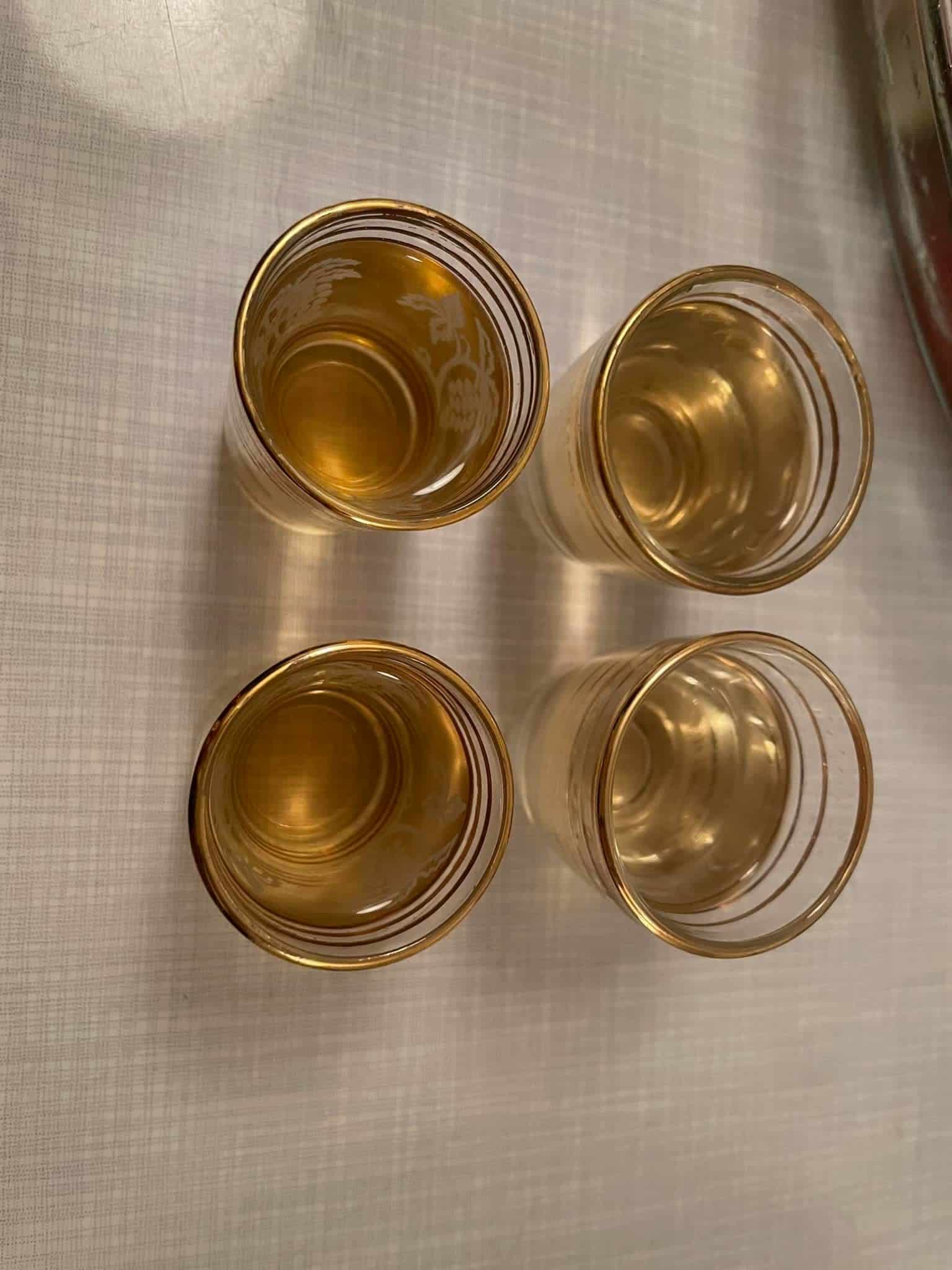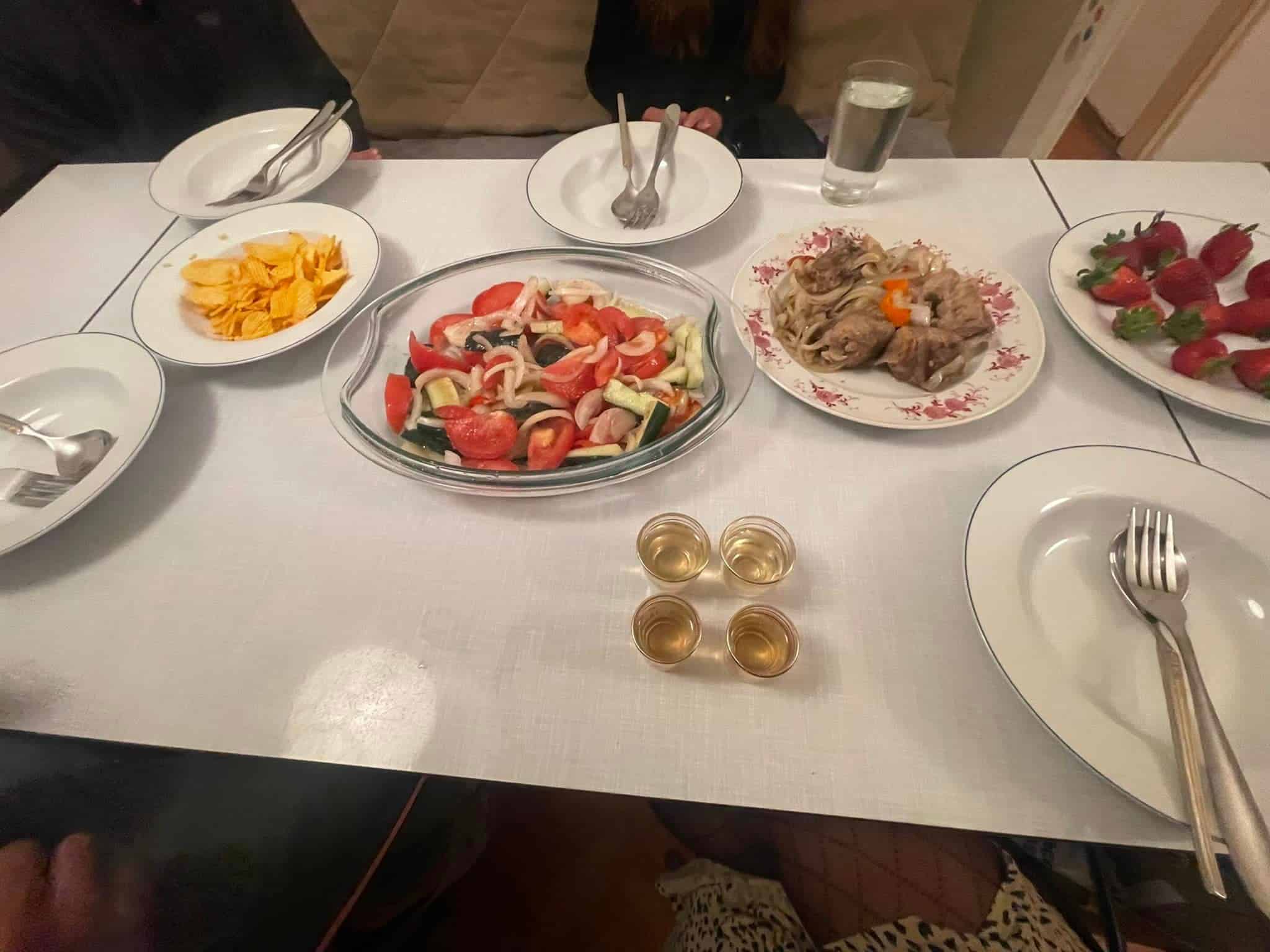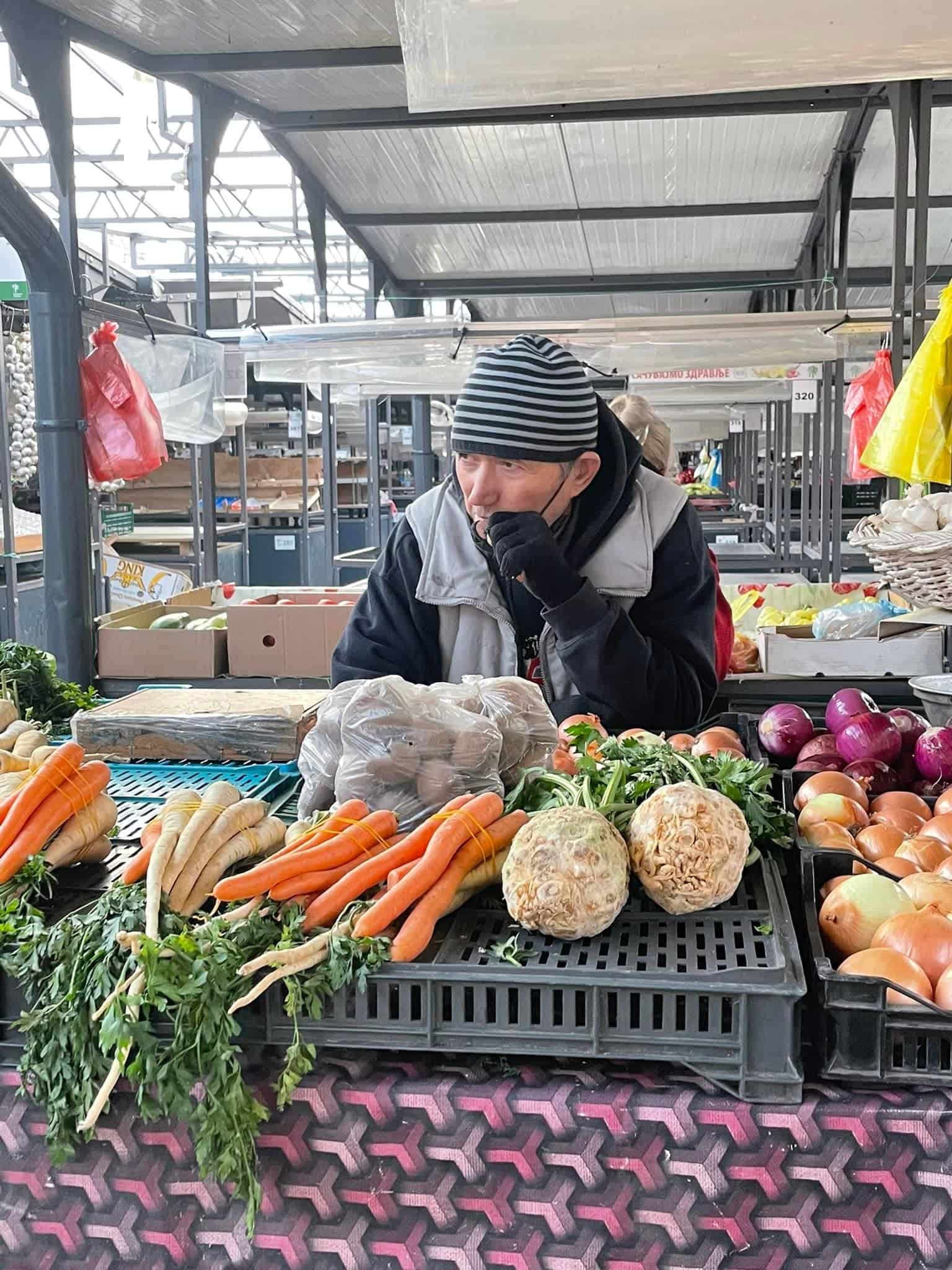Serbian Rakija: The Elixer of the Balkans
Sampling Serbian rakija is something of a right of passage for travelling in the little Balkan country. This is essentially the country’s national drink.
Rakija is to Serbia what ouzo is to Greece or raki is to Crete. These national beverages also share some similarities in terms of their flavour and composition.
Serbian rakija is also surrounded by traditions and culture. It makes an appearance at virtually every social event and family gathering. Alongside this potent spirit, diving into Serbia’s food scene reveals a rich tapestry of flavors, from hearty stews like čorba to the grilled delights of ćevapi, showcasing the culinary heritage that defines this vibrant nation.
Serbian Rakija
Serbian rakija is a strong Serbian alcoholic beverage that is made from the distillation of fermented fruit. It is pretty potent and the average alcohol content ranges between 40 and 65%.
You will see rakija sold in supermarkets and small delicatessen-style stores. However, arguably the best blends are the homemade ones made and sold by independent vendors.
Serbian rakija can be made with practically any type of fruit but the most common type is plum rakija or ¨slivovica¨. Other popular choices are pear rakija (viljamovka), quince rakija (dunjevaca) and aged grape rakija (loza).
The Kalenić Green Market (Maksima Gorkog &, Njegoševa) is a good place to shop for rakija along with other local produce if you are in Belgrade. In more rural areas, you will find that people sell Serbian rakija at the side of the road or from their homes.
Look out for hand-drawn signs outside of houses. You can often knock on someone’s door and find that someone is selling their own stash from their living room.
Homemade versions of the drink are often sold in questionable-looking plastic bottles as opposed to any form of ornate vial. It is generally fine to be somewhat adventurous with the Serbian rakija that you sample, within reason.
Use some common sense with regard to what you buy and from whom. Some can be too strong and if you get a bad or sketchy feeling about the vendor, hold out for another. You will find rakija in abundance in Serbia.
Sampling Serbian Rakija

Serbian rakija is always served in a small shot glass. That is not to say that you should down it in one gulp like a shot, mind you. You sip it slowly from a small glass, in the same way as you would enjoy Italian grappa.
Befriend and enter the home of any Serb and you will typically be offered a small glass of rakija – the perfect introduction to Serbian hospitality in this welcoming little country. It is better to accept the offer if you can. However, if you do not drink alcohol, it will not be considered rude to respectfully decline.
Serbian rakija is often enjoyed slowly early in the evening, as an accompaniment to dinner and as an aperitif. Basically, Serbs will drink it whenever they feel like it. There is no right and wrong time to enjoy the tipple.
Be mindful of how much you drink and how quickly you enjoy it. It is quite deceptive how strong this drink actually is and even after a small amount, you can find you´ve had a little too much.
If you are purchasing rakija from a supermarket rather than from an independent vendor, it is worth spending a little more and buying the better quality versions. Good-quality Serbian rakija will not give you a hangover like the cheaper, poor-quality alternatives.
This is the same as with any type of alcohol. That is to say unless you drink to excess!
A Toast!

When enjoying any form of alcoholic beverage, Serbs will raise their glasses in a toast and say ¨Živeli!¨ (Живели) pronounced jee-ve-lee.
You should make eye contact with whichever person you are toasting as you toast. If not, rumour has it that you will be cursed with bad luck for several years.
Rakija Fest, Belgrade

If you happen to be travelling to Serbia in September, you can attend the famous Rakija fest that happens every year. Unfortunately, the 2021 celebrations were cancelled due to the pandemic.
However, the next festival is on track for September 2023. The event caters not only to people in trade but anyone with a love for the potent Balkan tipple.
If you attend, you can sample a vast array of different fruit rakijas and learn about the production and distillation process.
A Night Out with Rakija
You do not have to know locals or visit someone’s home in order to experience good Serbian rakija. Most bars and restaurants sell it and as far as local eateries are concerned, selling a variety of good rakija is almost a prerequisite for being successful. When enjoying rakija, as with any local experience, it’s important to keep safety in Serbia in mind, ensuring you consume responsibly in reputable establishments.
Dozens of quaint bars and restaurants line the cobbled promenade that makes up Belgrade´s Skadarlija district. This is known as the ¨Montmartre¨ of the Serbian capital on account of the leafy, artsy vibes it exudes.
You can sample one or two Serbian rakija blends while you eat and enjoy your evening with friends. There are always musicians and performers here so when the rakija really starts to kick in, you have some background music and can sing to your heart’s content.
How to Make Rakija
It is actually relatively easy to make Serbian rakija, if you want to try and make it yourself, or you are interested in the process that goes into making it. The fruit needs to be very ripe and is then crushed into mush.
The fruit is then placed in a container, sealed, and left in a dark place for 8-16 days. After this time has passed, water is added and the mixture is fermented for a period of up to 2-6 weeks.
From there, it is distilled several times. If you are especially interested in doing so, you could find an online tutorial to create your own rakija drink from home, wherever you are in the world.
